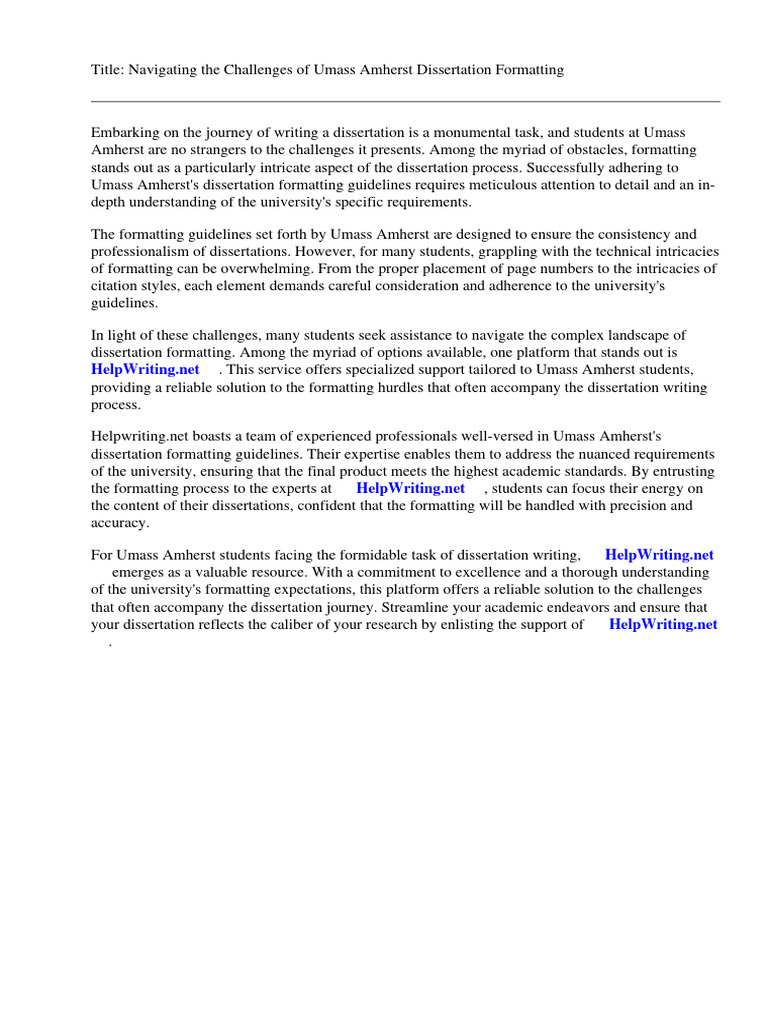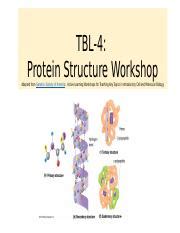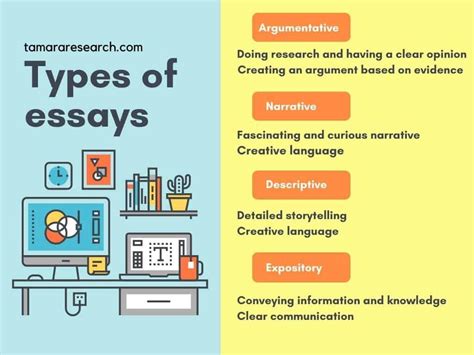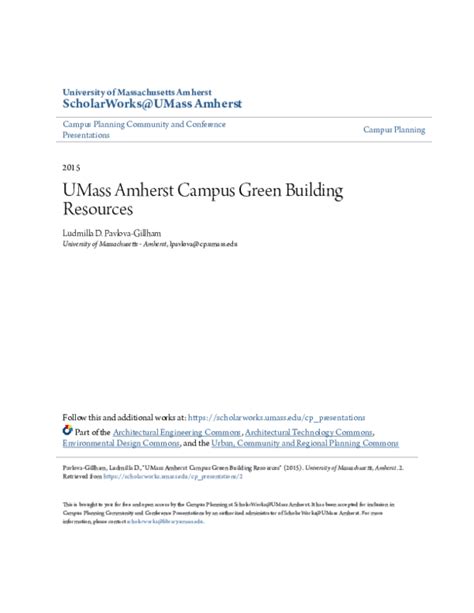How To Structure Umass Amherst Supplemental Essays For Easy Reading

The University of Massachusetts Amherst supplemental essays are an essential part of the application process, providing an opportunity for applicants to showcase their personality, interests, and goals. To make these essays easy to read and understand, it is crucial to structure them in a logical and coherent manner. In this article, we will explore the best practices for structuring UMass Amherst supplemental essays, including the use of proper HTML tags, content structure, and expert elements.
Introduction to UMass Amherst Supplemental Essays

The UMass Amherst supplemental essays are designed to help the admissions committee get to know the applicants better and understand their motivations for attending the university. The essays are typically short, ranging from 250 to 500 words, and are focused on specific topics such as academic interests, career goals, and personal experiences. To structure these essays effectively, applicants should start by brainstorming ideas and outlining their main points.
Understanding the Essay Prompts
Before starting to write, it is essential to read and understand the essay prompts carefully. The prompts are designed to elicit specific information from the applicants, and failing to address them directly can result in a weak essay. Applicants should take the time to analyze the prompts, identifying the key themes and ideas that need to be addressed. The following table provides an overview of the typical UMass Amherst supplemental essay prompts:
| Essay Prompt | Word Limit |
|---|---|
| Tell us about a challenge you faced and how you overcame it | 250-500 words |
| Describe your academic interests and career goals | 250-500 words |
| What do you hope to achieve during your time at UMass Amherst? | 250-500 words |

Structuring the Essays

A well-structured essay should have a clear introduction, body, and conclusion. The introduction should provide a brief overview of the topic, while the body should expand on the main points, using evidence and examples to support the arguments. The conclusion should summarize the main points and reiterate the applicant’s thesis statement. The following are some tips for structuring the essays:
- Use a clear and concise writing style
- Use transitions to connect the paragraphs
- Use specific examples to support the arguments
- Use evidence to support the claims
- Use a strong conclusion to summarize the main points
Using Proper HTML Tags
When structuring the essays, applicants should use proper HTML tags to format the text. The following are some of the most commonly used HTML tags:
tag for paragraphs
tag for headings

tag for subheadings
- tag for emphasis
- tag for emphasis
- tag for tables
- tag for unordered lists
- tag for ordered lists
What is the word limit for the UMass Amherst supplemental essays?
+The word limit for the UMass Amherst supplemental essays is typically 250-500 words.
How many essays are required for the UMass Amherst application?
+The number of essays required for the UMass Amherst application may vary, but typically includes 2-3 supplemental essays.
In conclusion, structuring the UMass Amherst supplemental essays requires a clear understanding of the essay prompts, a well-organized outline, and a strong writing style. By using proper HTML tags, including headings, paragraphs, and tables, applicants can create essays that are easy to read and understand. Additionally, by using evidence and examples to support their arguments, applicants can create a compelling narrative that showcases their personality, interests, and goals.


